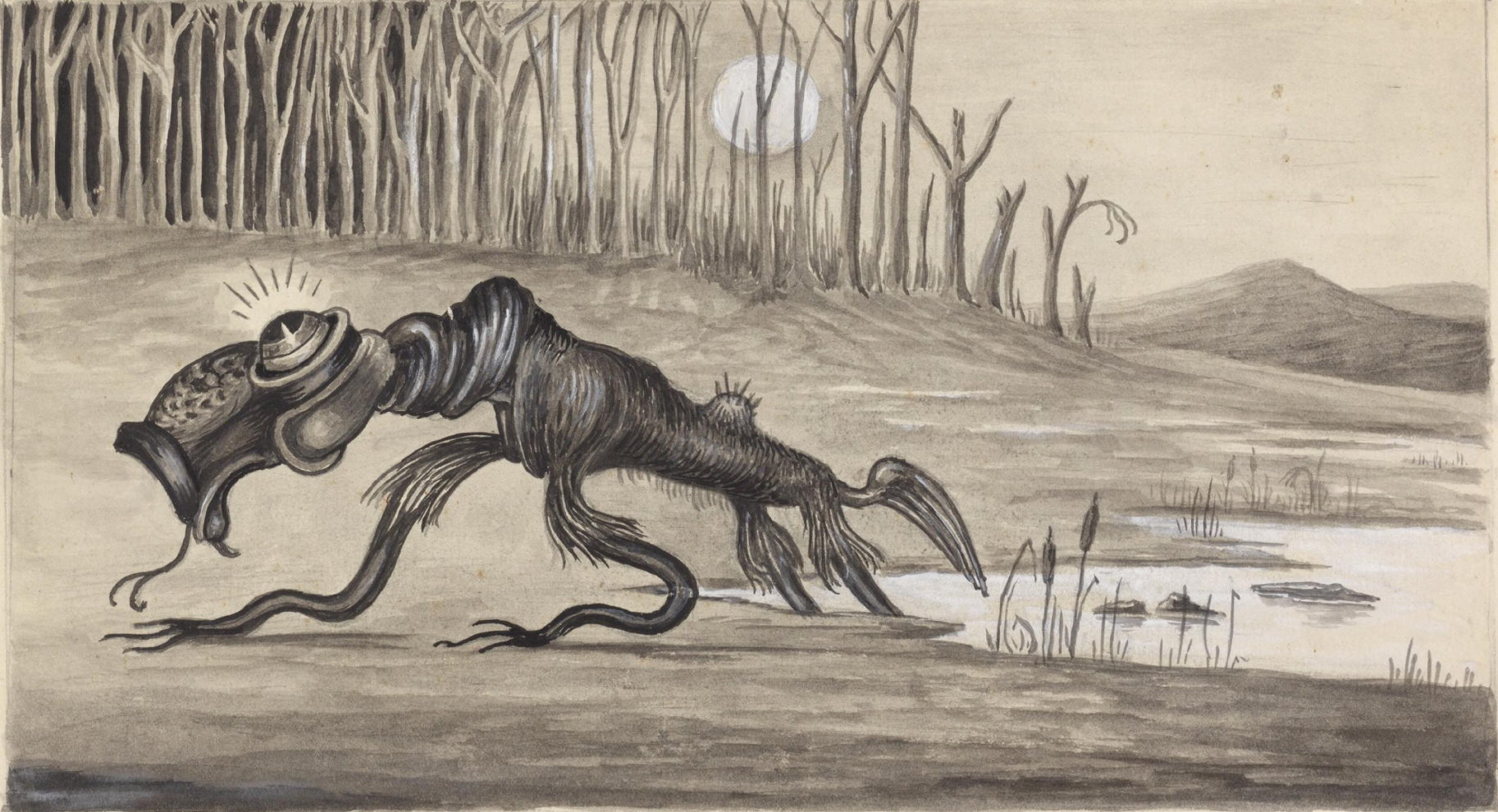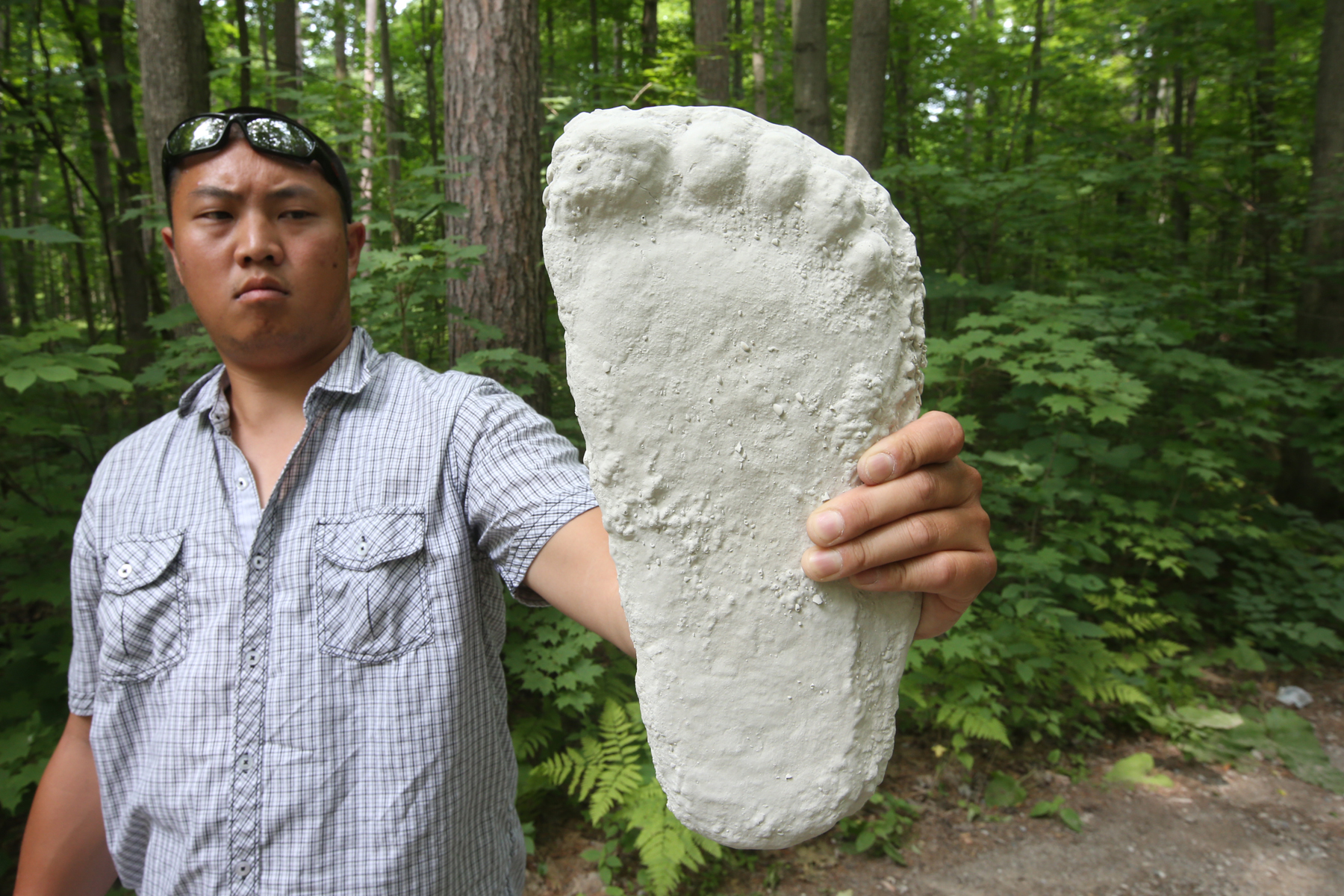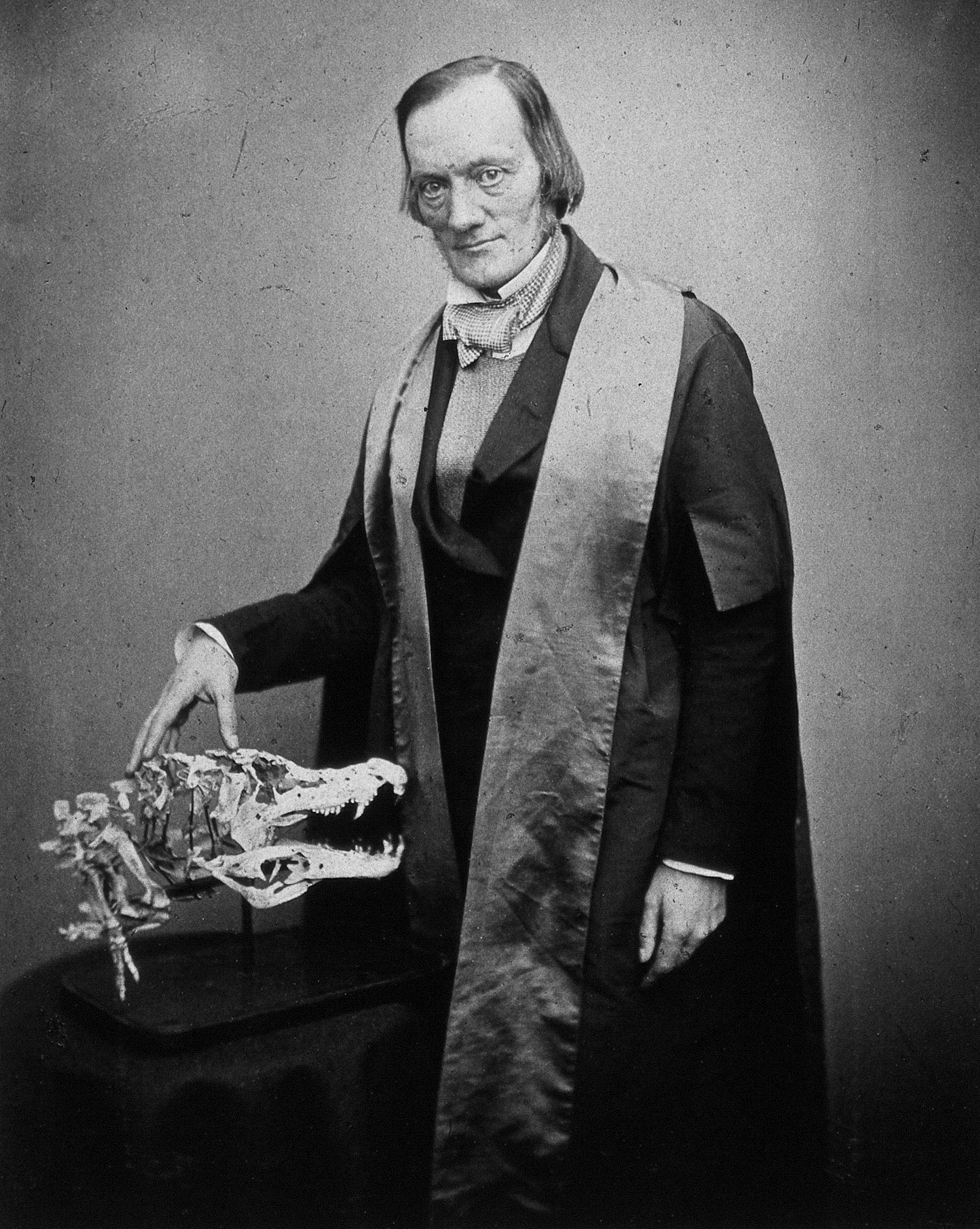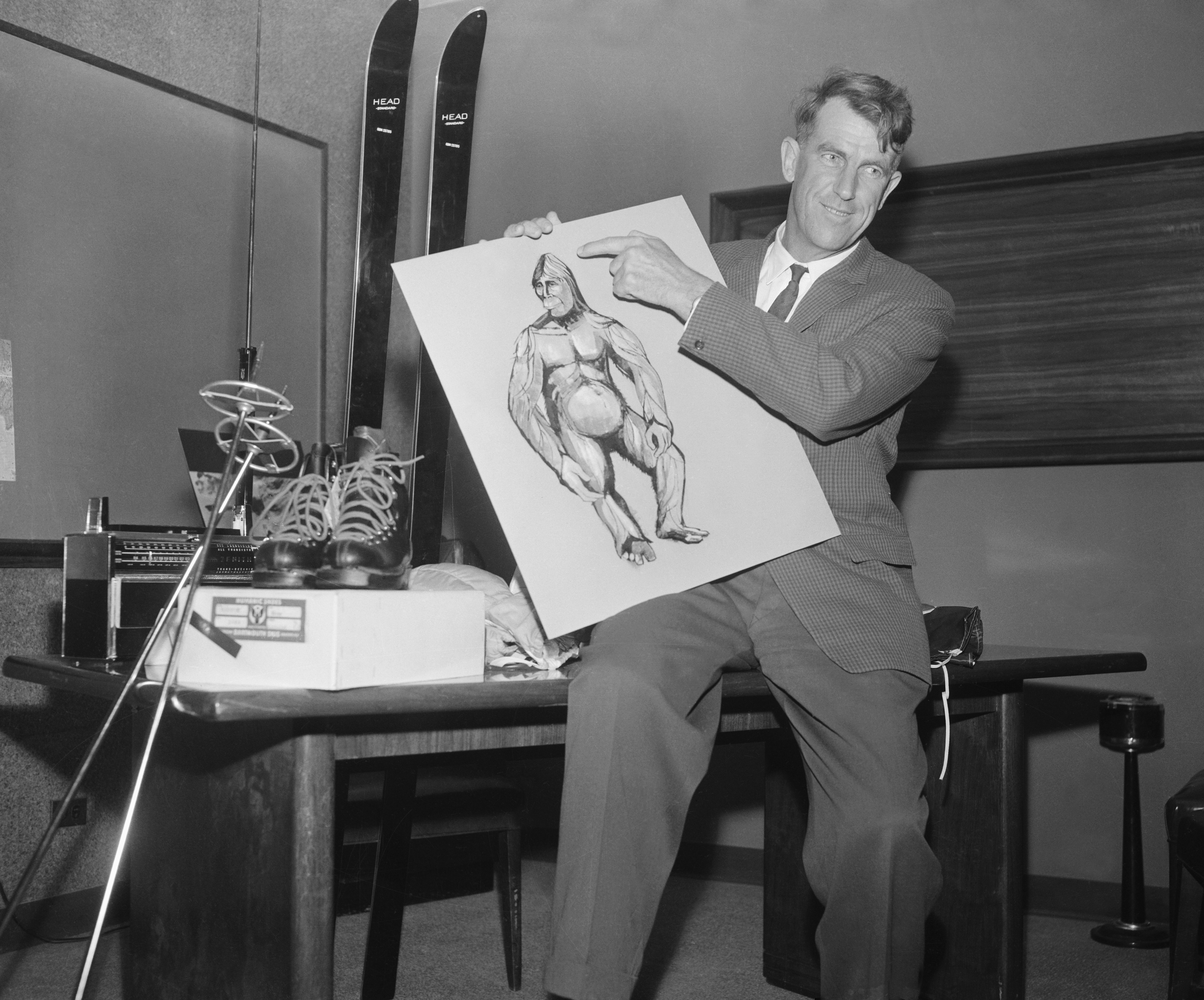Cryptozoology << `krihp` toh zoh OL uh jee >> is the study of unknown or undiscovered creatures. People who take part in this study are called cryptozoologists. Cryptozoologists conduct their research under the assumption that many legends of monstrous creatures, such as dragons and the Loch Ness monster, may have a basis in real living things. Some of these beasts may yet exist undiscovered. A potentially undiscovered creature is sometimes referred to as a cryptid << KRIHP tihd >> . Cryptids are typically known through legends and unknown to science.

Since ancient times, travelers have told tales of strange creatures seen in distant lands. These included tales of blemmyes << BLEHM eez >> , a tribe of headless monsters who had eyes and mouths on their chest; of dog-headed men called cynocephali << `sy` no SEHF uh ly >> ; and of strange humanoid creatures with a single giant foot, called sciopods << SY oh podz >> . Ancient Greek and Roman philosophers, including Aristotle and Pliny the Elder, wrote about various monstrous creatures.

Fascination with unknown creatures continued through the Renaissance and the Enlightenment, from about 1300 to the late 1700’s. In the 1800’s, scientists including Sir Richard Owen of England and Baron Cuvier of France suggested that certain fossils were the remains of prehistoric creatures unlike any living animals. One such group came to be known as the dinosaurs. The scientists also claimed that most, if not all, living large animals had already been discovered. As the field of paleontology (fossil studies) developed, scientists gradually lost interest in attempts to find living examples of ancient creatures.

Modern cryptozoology began in the mid-1900’s. In 1938, fishermen caught a coelacanth (pronounced SEE luh kanth) off the coast of South Africa. Scientists at the time thought these fish, known from fossils, had been extinct for 80 million years. Later, the Belgian zoologist Bernard Heuvelmans and the Scottish naturalist Ivan Sanderson coined the term cryptozoology. They published popular books on the possible existence of sea serpents and the Yeti , also called the Abominable Snowman. From the 1960’s, the American paleoanthropologist (expert on human evolution) Grover Krantz argued that Bigfoot was a real animal. This cryptid, also known as Sasquatch, is a large, apelike creature said to live in forested regions of North America. Krantz based his claim upon details seen in oversized footprints supposedly left by the creature.

Since the early 2000’s, several individuals and groups have continued to investigate various mysterious creatures. They argue that several animals, such as the gorilla and the okapi, were once unknown to science and that other creatures may still be discovered. However, the search for Bigfoot and other cryptids has been marked by sensational hoaxes. A hoax is a deliberate act of deception that attracts public attention.
Cryptozoology remains a popular subject for books, websites, and television shows. However, most scientists dismiss cryptozoology as a pseudoscience (false science).
